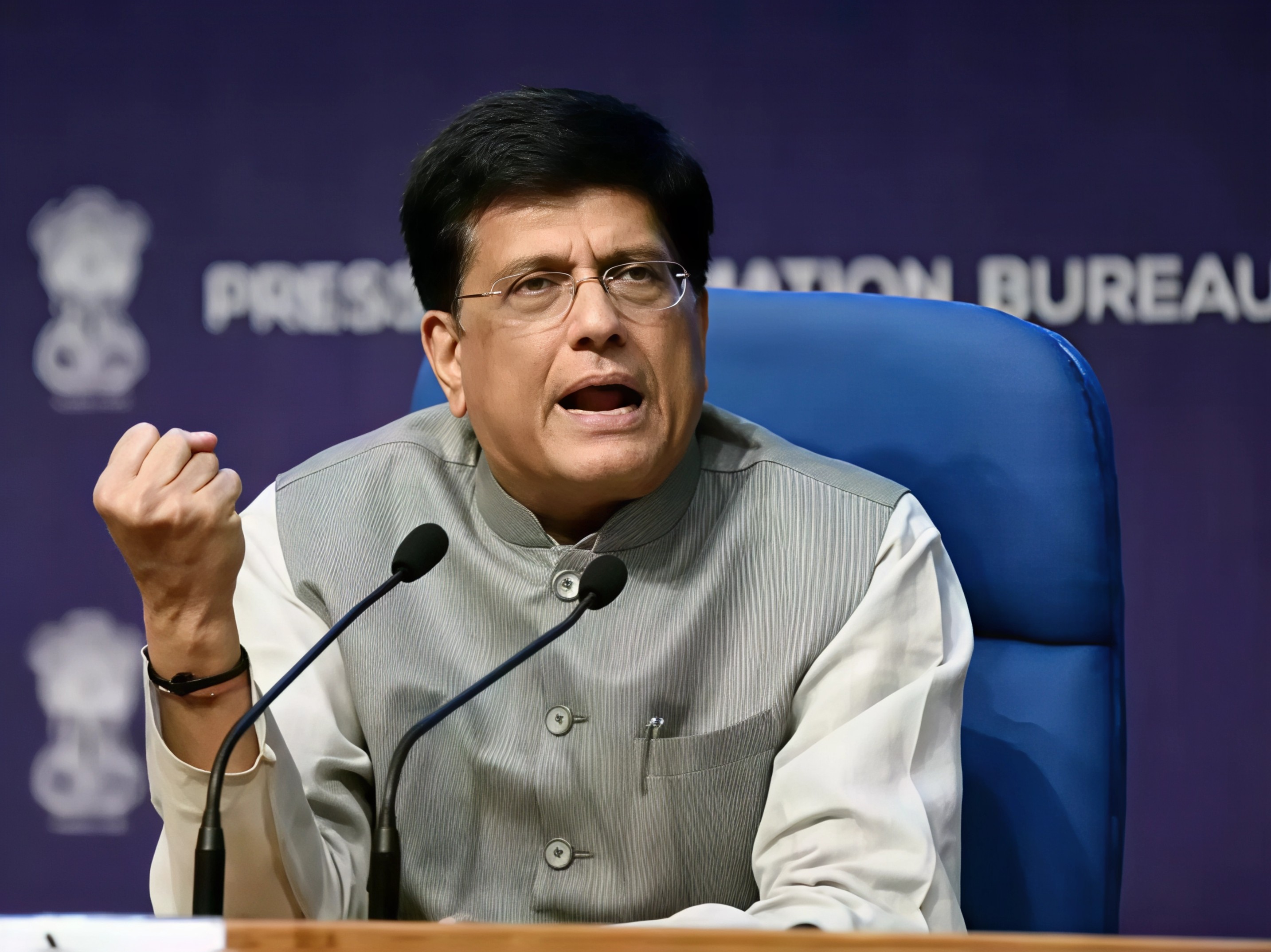Himachal Pradesh is currently reeling from the relentless force of monsoon rains, which have turned the picturesque hill state into a zone of crisis. With the death toll now reaching 179, the devastation has affected both human lives and critical infrastructure. The downpour has been unrelenting, causing a series of landslides, building collapses and flash floods across multiple districts.
According to the State Disaster Management Authority, 101 of these deaths have occurred due to direct weather impacts such as landslides, floods and lightning strikes. Another 78 fatalities were linked to road accidents, many caused by crumbling roads and dangerous conditions. The disaster has pushed local authorities and rescue teams into overdrive as they try to manage ongoing threats and provide emergency relief.
One of the most alarming incidents took place in the Kullu district on August 1, when a flash flood caused a partial breach at the cofferdam of the Malana-I Hydroelectric Project. Several vehicles and heavy equipment including a crane and dumper truck were swept away. The nearby Malana River, already overflowing due to weeks of heavy rainfall, further worsened the situation. Damage to the hydroelectric plant and the collapse of a temporary wooden bridge left Malana village cut off from surrounding regions.
Across the state, the story is the same. Roads have disappeared under landslides, homes have collapsed into hillsides, and rivers have swelled beyond their limits. The districts of Mandi, Chamba, Kullu, Kangra and Una are among the worst hit. National Highway 505 in Lahaul and Spiti remains blocked. Power outages have become widespread with over 700 transformers failing and nearly 250 water supply systems rendered inoperative.
Travel has become nearly impossible across large parts of the state. As of August 2, 383 roads are still blocked, and public utilities have been severely damaged. The Pandoh stretch of the Chandigarh-Manali highway recently suffered a massive landslide, halting traffic and isolating communities.
In the midst of this crisis, the India Meteorological Department has predicted even more rainfall in the coming days. Authorities are urging people to stay indoors and only step out if it is absolutely necessary. Relief teams are operating under immense pressure and facing continuous challenges as the rains obstruct access to several affected zones.
For those currently in the region, the State Disaster Management Authority has set up 24x7 emergency helplines at 1070 and 1077. People in vulnerable zones are strongly advised to remain alert to local advisories and cooperate with rescue operations.
The scale of destruction serves as a stark reminder of the growing impact of extreme weather on fragile mountain ecosystems. What is unfolding in Himachal Pradesh is not just a natural disaster but also a wake-up call to improve infrastructure resilience, weather forecasting and preparedness in ecologically sensitive areas.
Stay updated with more on-ground travel and nature stories. Follow Travel Moves on Instagram and Facebook for real-time news, safety alerts and stories from India’s travel landscape.








